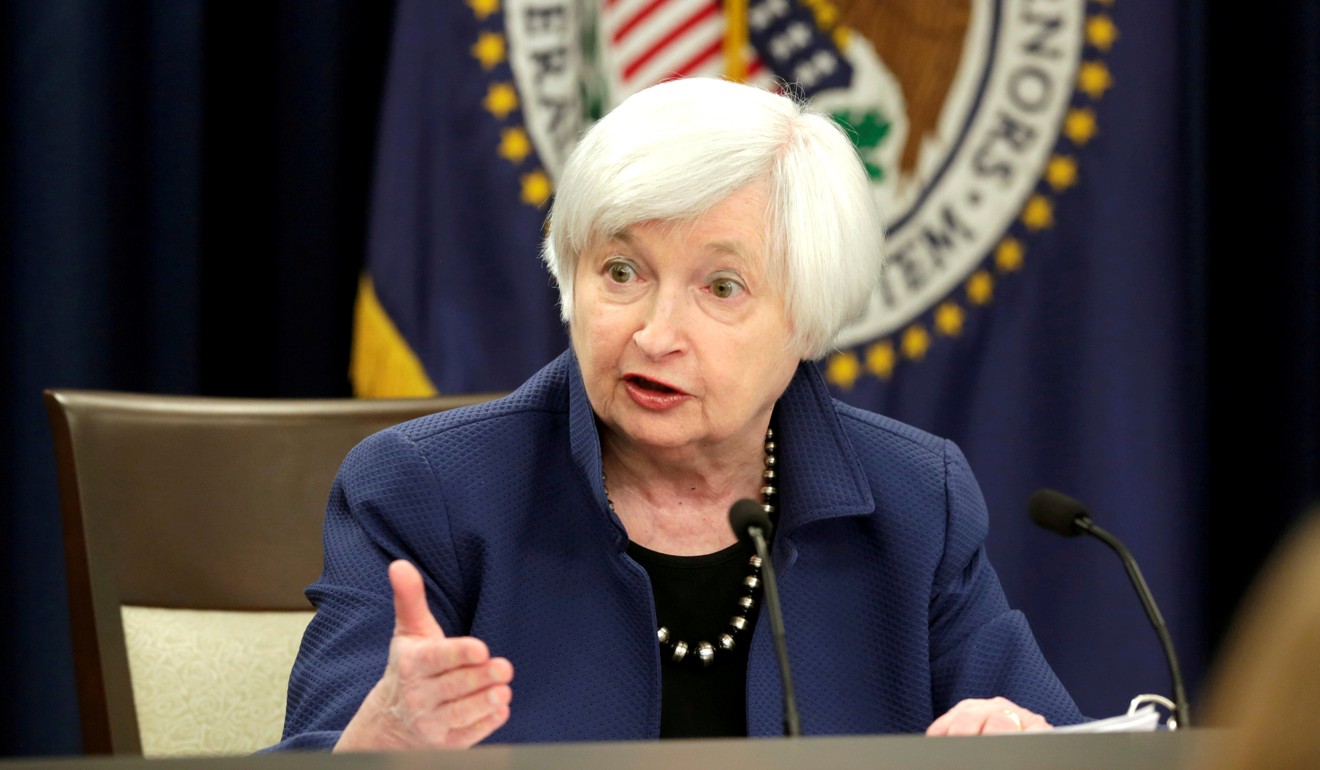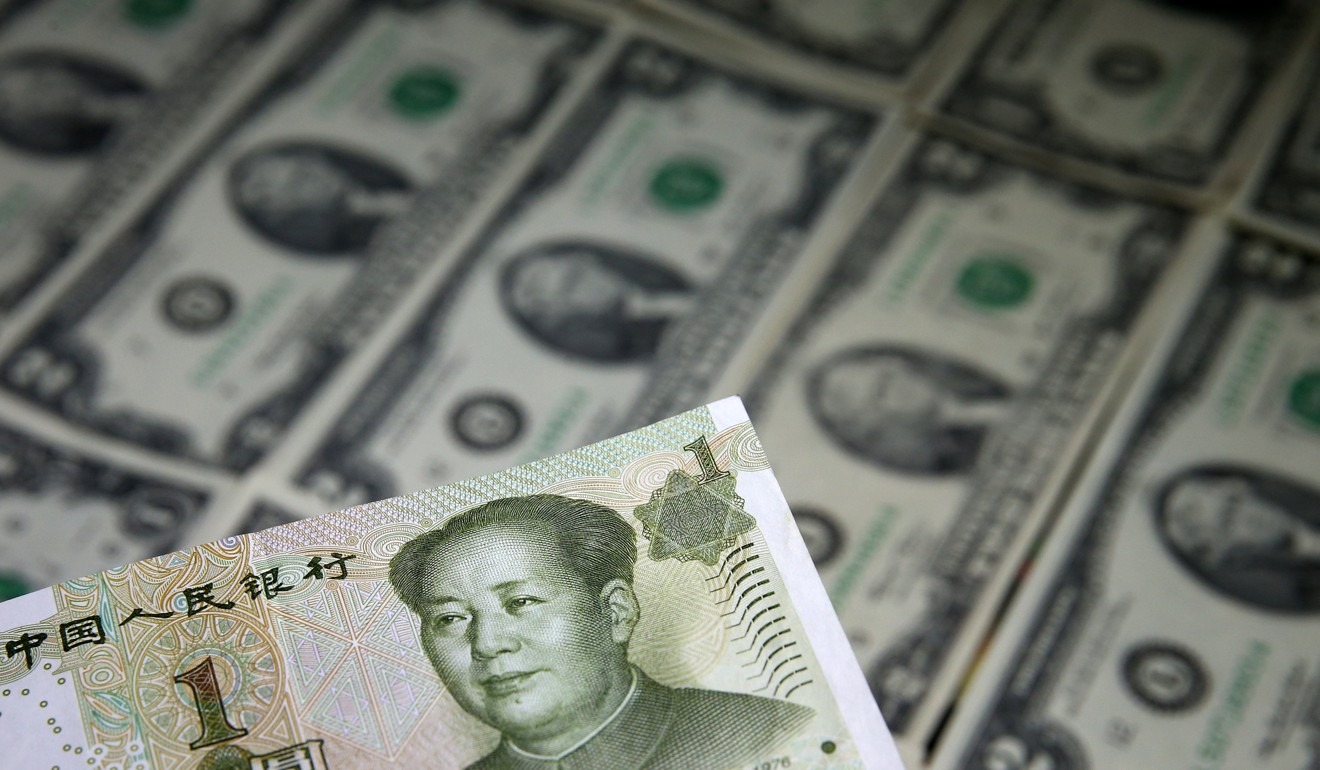
Watch for these two unexpected outcomes as the Fed moves to shrink its balance sheet
A tightening bias by the Fed could push up the value of the US dollar and spur a flight towards Treasuries

The Federal Reserve has raised rates and outlined its plans to shrink the size of its balance sheet but US Treasury yields have not yet taken the hint. “Financial markets have utterly ignored this week’s communication from the Fed – at least in terms of the tightening profile,” Dutch financial services group ING wrote on Friday.
Or perhaps the response of financial markets is a rational reaction to the Fed’s announcements. While the response so far does not correspond to what might be considered the conventional narrative, which naturally follows from the US central bank’s declarations, that does not mean it is wrong.
And if it is not wrong, the implications are global.
But first the conventional view. As Nordea Markets set out in May, the combination of Fed rate rises and balance-sheet reduction should imply tighter financial conditions and a steepening of the yield curve as demand for US Treasuries is reduced. Reduced demand for US paper would drive sellers to accept lower prices. And as prices fall, yields rise.

But the Scandinavian bank also considered the out-of-consensus view that balance-sheet reduction by the Fed could actually result in higher prices and lower yields for US Treasuries and a flattening of the yield curve.
Balance-sheet reduction, in effect quantitative tightening, might elicit a market response opposite to that seen under successive bouts of quantitative easing by the Fed.
Under quantitative easing, a reflationary process, as investors exchanged government bonds for central bank cash, that money found its way into other assets such as US corporate bonds and equities and into emerging markets that offered better returns than US Treasuries. Of course, the selling of dollars to fund purchases of emerging-market assets also drove the greenback down on the foreign exchange market.
It might be perfectly logical to see quantitative tightening as having a disinflationary or indeed a deflationary impulse.
Under quantitative tightening, it might be that the prices of US corporate bonds and equities fall, capital comes out of emerging markets into the US and the dollar rises on the foreign exchange market. Dollars that are freed up might then flow back into US Treasuries, keeping prices buoyed and stopping yields from rising.
Observed from this viewpoint, Beijing’s moves in recent months to buy US Treasuries make sense. Equally, its recent and much-discussed guiding of the yuan higher against the dollar would also make sense if there were an expectation that the Fed’s balance-sheet reduction would reinvigorate the prospect for the greenback.

A weakening of the yuan from a position of some strength is arguably less disruptive than a move down from an already-lower level.
When looking at how the markets may move, it is also critical to bear in mind that markets anticipate and may already be looking ahead to the disinflationary implications that might accrue from higher benchmark US rates and accompanying balance-sheet reduction by the Fed.
Of course, none of this is to deny that balance-sheet reduction is in itself a tightening of financial conditions. After all, if in 2010 the Fed equated the US$600 billion of its second round of quantitative easing to a 0.75-percentage-point cut in rates, then quantitative tightening might be expected to have a similar but opposite impact, especially given its proposed scale.
As Bank of New York Mellon pointed out last week, “based on these figures, the [Fed’s] balance sheet will run off at a US$300 billion pace the first year, increasing to a pace of US$600 billion per year by the end of the second year”.
Such tighter financial conditions might conventionally be expected to feed into higher US Treasury yields and a steepening yield curve, but that does not take into account how quantitative tightening actually works.
Such a move tightens financial conditions not by directly raising the price of money but indirectly by removing dollars from the global monetary system.
Fewer dollars kicking around makes the greenback a scarcer commodity, and given that it is the currency in which the world mainly borrows and in which much energy and many commodities are billed, that means the price for dollars should rise as demand chases reduced supply.
In turn, those who have dollars may be minded to hang onto them. Such dollars could well end up being parked in US Treasuries, pushing down yields and flattening the yield curve, even if the opposite outcome might have been expected.
Markets are not ignoring the Fed. They may just have drawn a different conclusion as to the practical implications of the policy path that the Fed is embarking on.